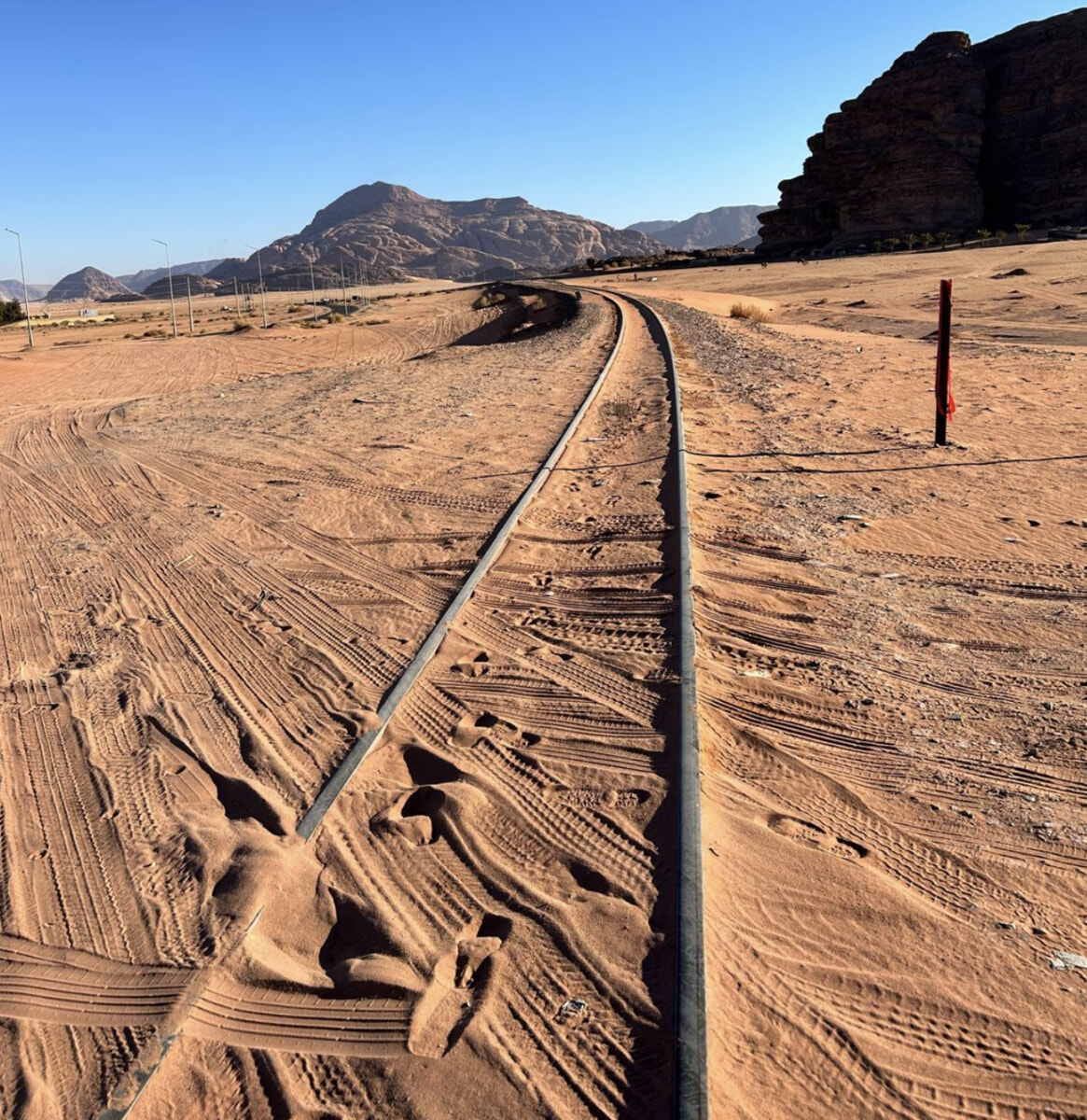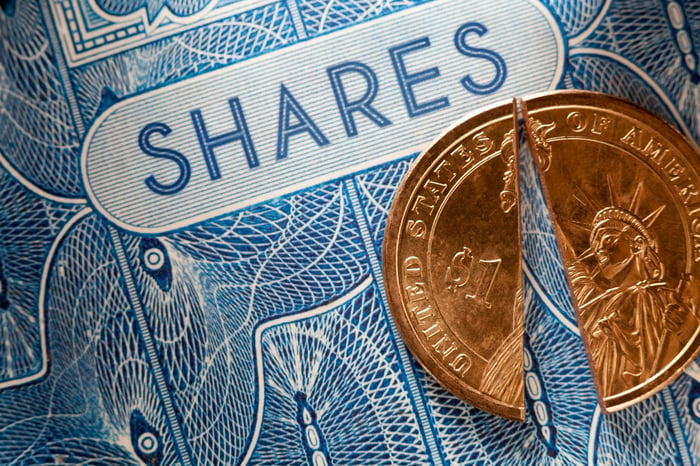The Middle East, a crucible of ancient civilizations and modern geopolitics, once boasted a vibrant railway network that intricately united disparate lands. These vital steel arteries, stretching across Jordan, Lebanon, and Syria, were not merely routes for transport but indispensable conduits for commerce, facilitating a seamless flow of trade, cultural exchange, and efficient passenger movement across diverse and often challenging landscapes. For decades, these railway lines served as the economic backbone of the Levant, fostering regional cohesion and economic vitality long before the advent of widespread air travel reshaped global mobility.
Historically, the operational significance of these rail links was profound. They enabled agricultural products from fertile plains to reach bustling ports, connected inland cities to international markets, and allowed people to traverse vast distances with relative ease. This era of robust rail connectivity fostered a unique form of regional integration, supporting local economies and strengthening cultural ties between communities that shared common historical pathways. The railways were symbolic of a period when physical infrastructure truly dictated the pace and direction of regional development and interaction.
However, the intricate tapestry of these Middle Eastern railways began to unravel over time. A combination of escalating geopolitical instability across the region and the undeniable, competitive rise of air transportation ultimately led to their operational decline and eventual closure. The promise of faster, more direct routes offered by air travel, coupled with the security challenges posed by various conflicts, diminished the viability and appeal of land-based rail journeys, severing connections that had once been integral to daily life and regional trade.
Despite the challenges of the past, the narrative is now shifting dramatically towards an ambitious period of revival for the Middle Eastern railway system. Visionary reconstruction and modernization plans are currently underway, reflecting a strategic commitment to fully reactivate these crucial rail links within the next 15 years. This monumental undertaking is viewed as far more than just an infrastructure project; it signifies a deep-seated commitment to fostering sustainable regional economic development and enhancing cross-border connectivity.
The anticipated benefits of this extensive railway reconstruction are multifaceted and far-reaching, promising to reshape the economic landscape of the Levant. Projections include a substantial reduction in freight and passenger transportation costs, which is expected to provide a significant boost to intra-regional trade by making the movement of goods more efficient and affordable. Furthermore, the renewed rail network is poised to open entirely new avenues for tourism, encouraging cross-border travel and showcasing the rich historical and natural heritage of Jordan, Lebanon, and Syria to a wider audience.
This endeavor is strategically positioned to play a pivotal role in the economic resurgence of the Levant, navigating both the complexities inherent in large-scale infrastructure development and the immense opportunities it presents. The reintegration of a modern, efficient railway system is seen as key to unlocking new economic potentials, attracting investment, and creating jobs. It aims to not only facilitate the movement of people and goods but also to reinforce a sense of shared destiny and cooperation among the nations involved, potentially contributing to improved political stability through enhanced economic interdependence and shared prosperity.
The journey to revive these “trains through the sand” is a testament to the enduring vision of a more connected and prosperous Middle East. As these ambitious plans move from blueprint to reality, the region stands on the precipice of reclaiming a vital piece of its historical infrastructure, one that promises to drive future growth, foster deeper regional ties, and redefine the essence of travel and commerce in this historically rich and dynamically evolving part of the world.
Discover more from The Time News
Subscribe to get the latest posts sent to your email.





